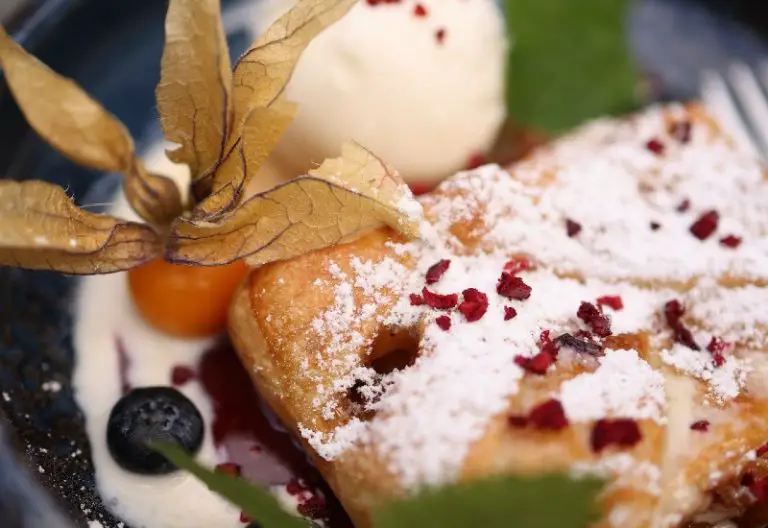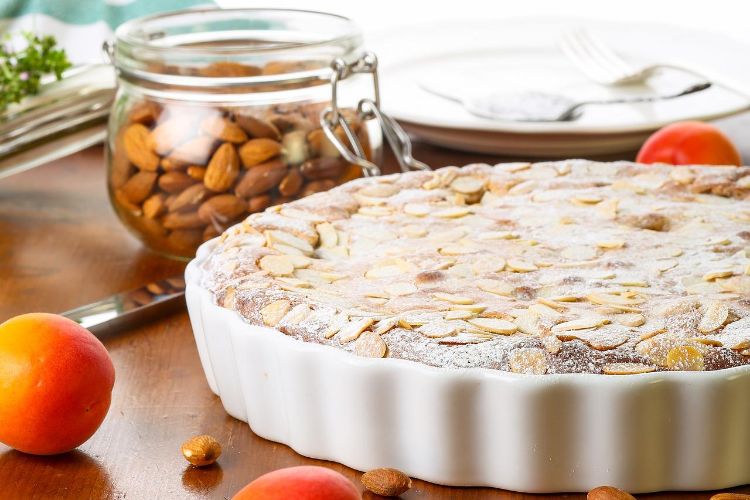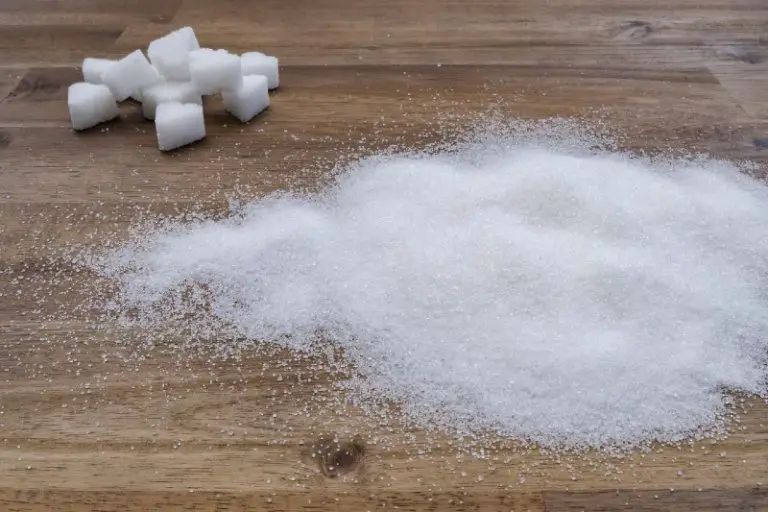Tea with My Grandmother
Tea was important when I was growing up in England, and nowhere more so than in my grandparent’s home, Wishford Farmhouse.
My parents farmed land that had once been part of the Earls of Pembroke Estate, and my grandparents and uncles farmed land that continued to be part of the estate.
You can see Wishford Farmhouse in the photo taken in very early spring, everything still dun brown and grey green. The village street and front garden are hidden by the curve of the hill. The front of the house was added in the eighteenth century: the working part at the back fell down hundreds of years before that. That’s the background to tea with my grandmother. And no this is not an upstairs and downstairs story, there were no crowds of servants, my grandmother made the food and my mother or one of us children were sent to make the tea.
Tea began with water. Water was the topic of much conversation in the family. Most of the various aunts and uncles had their own springs for their farm houses. We did too for our farm house. These produced very fresh and sparkly water. But my grandparents had a problem. Mains water had come to the village and with its added chemicals it was deemed to be quite inadequate for drinking. So they had a well dug and an electric pump installed.
Step one in making tea was to turn on the small electric pump attached to one side of the old porcelain kitchen sink that looked out over the back farm yard. After a few gurgles, clear, fresh well water began to trickle out to be collected in the kettle. This took a while. The big kettle was put on the AGA to heat. This took a while too, partly because so much water was needed and partly because the well water was icy cold.
Step two: while all this was going on we had to assemble the tea equipment: a large brown tea pot, a tea cosy, a water jug for topping up the tea pot, a strainer for collecting tea leaves, a slops bowl for throwing out tea dregs, a sugar bowl and, lastly, a milk jug.
Step three means backing up a bit. Milk was another problem. Availability was not a problem as my grandparents always had at least a hundred cows in milk. But they were now all Friesians (Holsteins) because the British Milk Marketing Board paid by volume of milk and not by fat content.
Well, now, we couldn’t drink that kind of milk, could we? So my grandparents had a dear little Channel Island cow that gave the most glorious, rich milk. It was a bit of an indulgence, I realise in retrospect. An “old chap,” one of the farm workers who was now past heavy work, had to milk her by hand morning and evening. What the cost per pint could have been I cannot even imagine. At the time, though, that cow was like a friend, to be greeted when she was walked round the village, her big dreamy eyes, slobbery tongue and muzzle and black fringed ears.
By now the kettle was boiling. The tea pot was rinsed out with boiling water to warm the pot. Then the tea caddies were taken down from the shelf over the AGA. My grandparents bought a selection of different teas from Stokes the grocer in the town three miles away. Depending on their preference for the day, different proportions were spooned from different caddies in a flat caddy spoon and added to the pot. Then came the boiling water, and water for the water pot too as well as tea cosies to keep the pots warm.
Then the whole equipage was carried up the couple of steps to the breakfast room (they ate almost all meals in the breakfast room because the dining room filled up with farm paperwork).
We children sat on the bench under the endlessly fascinating prints of the Grand National showing horses falling about all over the place, and facing the fire on the other side of the room and the two miniature barrels, one of port and one of brandy that we never got to touch. My grandmother sat at one end, everyone else sat on Windsor chairs around the table, never less than a dozen or so of us, altogether.
There was bread (and that was an even bigger story than the water) and butter (hand churned from Channel Island milk), and scones (little flaky rounds, not the great dense hunks that now go by that name) with raspberry jam made from fruit from the kitchen garden and clotted cream (thank you cow), and Victoria sponges. We had to wait for the food.
With great ceremony, and much asking of preferences for milk and sugar, my grandmother poured tea into angular blue and white tea cups. Those who took milk got Channel Island milk. It was not ideal even then, in my opinion. Thick gobs of cream rose to the surface, making it almost like a tea-flavored dessert. Once I had learned to drink it without milk it was clear and astringent and glorious.
Only then began the elaborate ritual of handing around the eatables, and we were expected to sit, and eat, and listen, and there was no getting up from the table.
Why tell this story? Nostalgia, of course. These sorts of English farmhouse teas, of the kind I assumed happened every Sunday without fail, have yet to find their chronicler for many reasons. One of them is that stories like this show that just perhaps Elizabeth David is not the last word on how bad English food was. There is also the fact that this quality of eating (and I know that high quality eating is usually located with dinner and not other meals, but be that as it may) is not necessarily done in an open and seen way. Only the rare visitor to England would ever have known that such teas existed, let alone be invited to participate. Lastly, we must also acknowledge the fact that such a level of quality is not democratic and it may mean pretty ghastly economic and social distinctions and divisions. The “old chap” for example did not eat like this. For all those reasons, we seldom hear of stories like these.
Contact Details
Rachel Laudan’s website: www.rachellaudan.com
Follow Rachel on twitter: @rachellaudan




